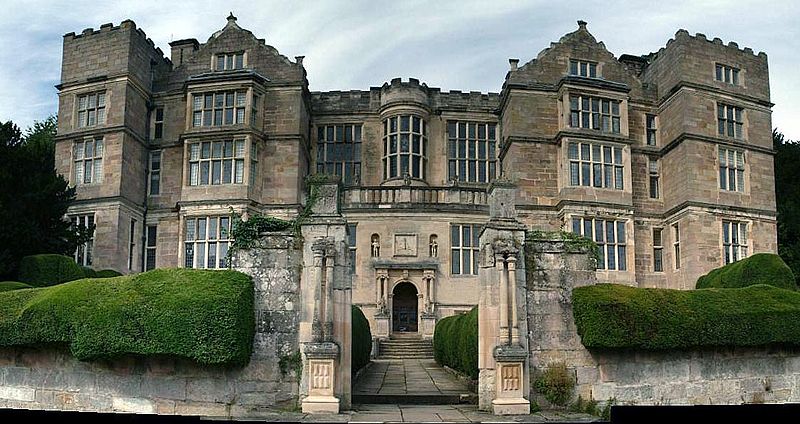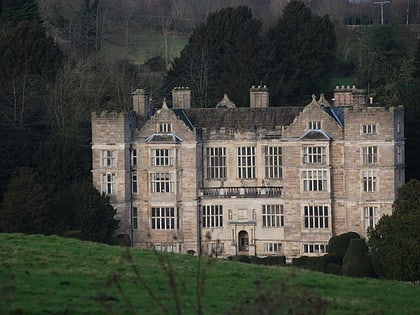Fountains Hall


Facts and practical information
Nestled within the stunning landscape of North Yorkshire, Fountains Hall stands as a testament to the rich history and architectural grandeur of the United Kingdom. This stately Elizabethan mansion, now operating as a museum, offers visitors a glimpse into the opulence of the 16th and 17th centuries.
Constructed between 1598 and 1604, Fountains Hall was built partly from stone taken from the ruins of the nearby Fountains Abbey, a Cistercian monastery which fell victim to the Dissolution of the Monasteries under Henry VIII. The hall's historical significance is underpinned by its connection with two prominent families of the era: the Messengers, who originally built it, and the Aislabies, who owned it in the 18th century and were responsible for the creation of the adjacent Studley Royal Water Garden.
As a museum, Fountains Hall provides visitors with an immersive experience through its well-preserved interiors and a collection of artifacts that paint a vivid picture of life during the Elizabethan and Stuart periods. The hall's architectural features, such as the stone mullioned windows, ornate fireplaces, and the decorative plasterwork ceilings, are particularly noteworthy, reflecting the craftsmanship and aesthetic preferences of the time.
England
Fountains Hall – popular in the area (distance from the attraction)
Nearby attractions include: Fountains Abbey, Studley Royal Park, Ripon Cathedral, Ripon Racecourse.











